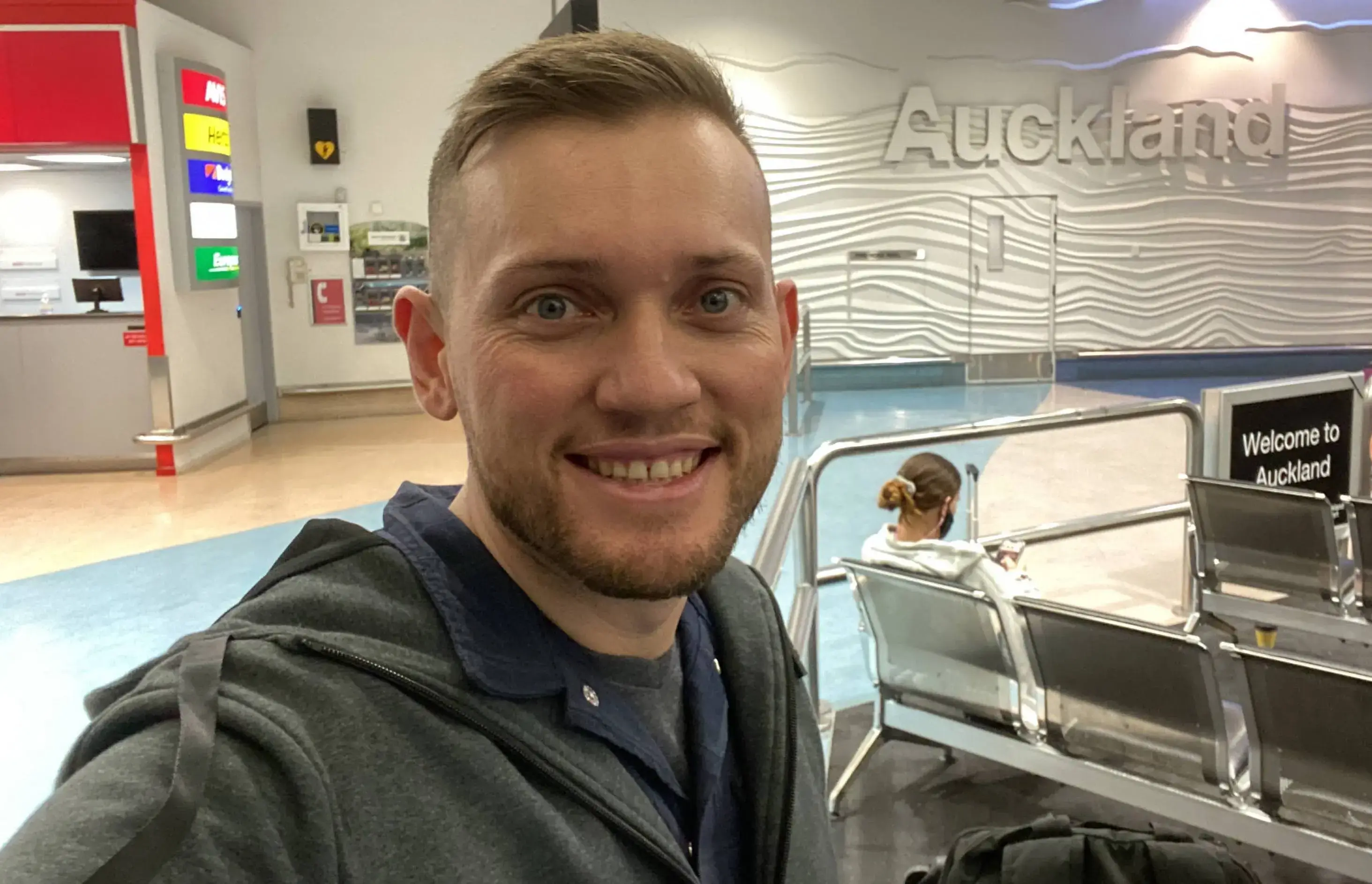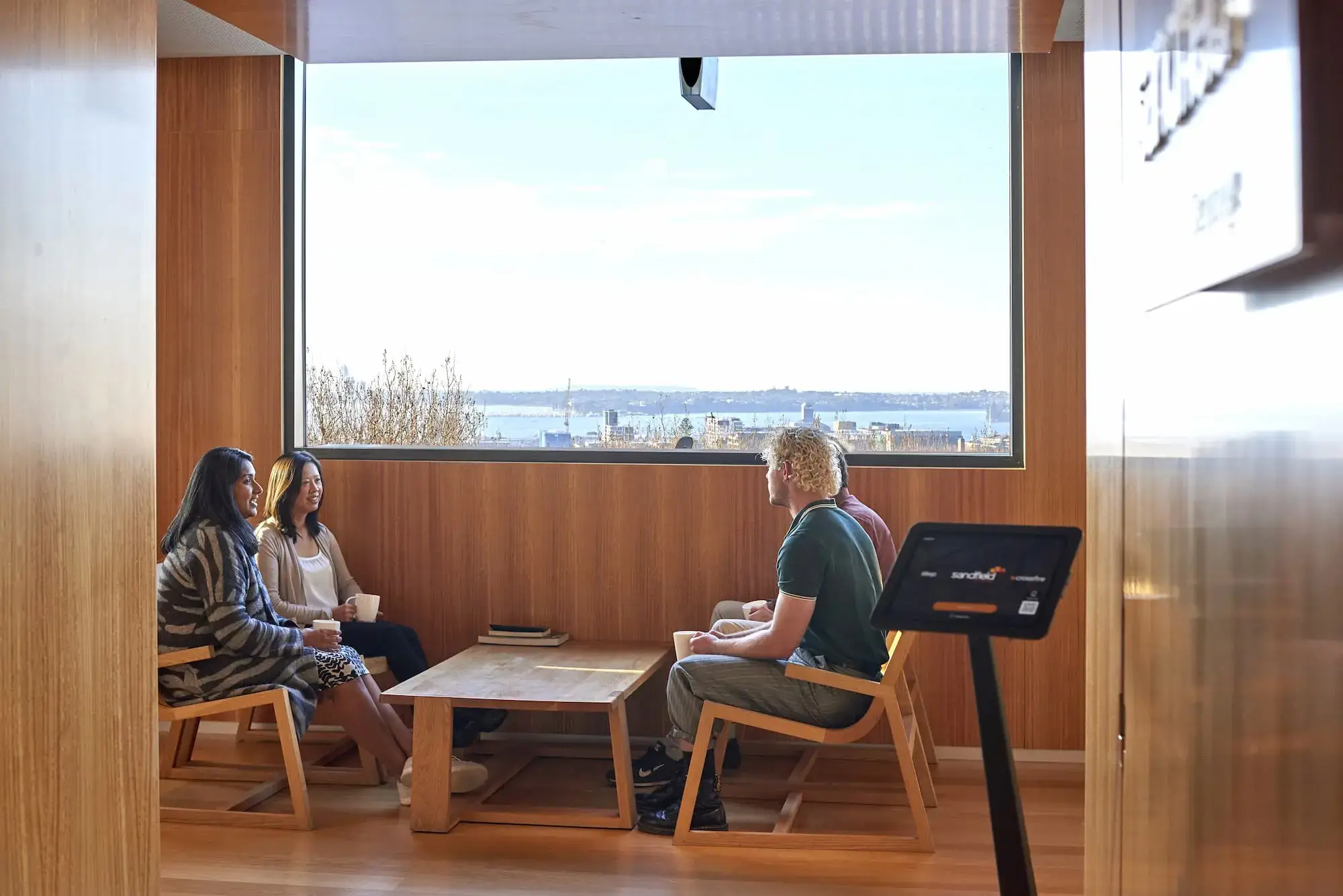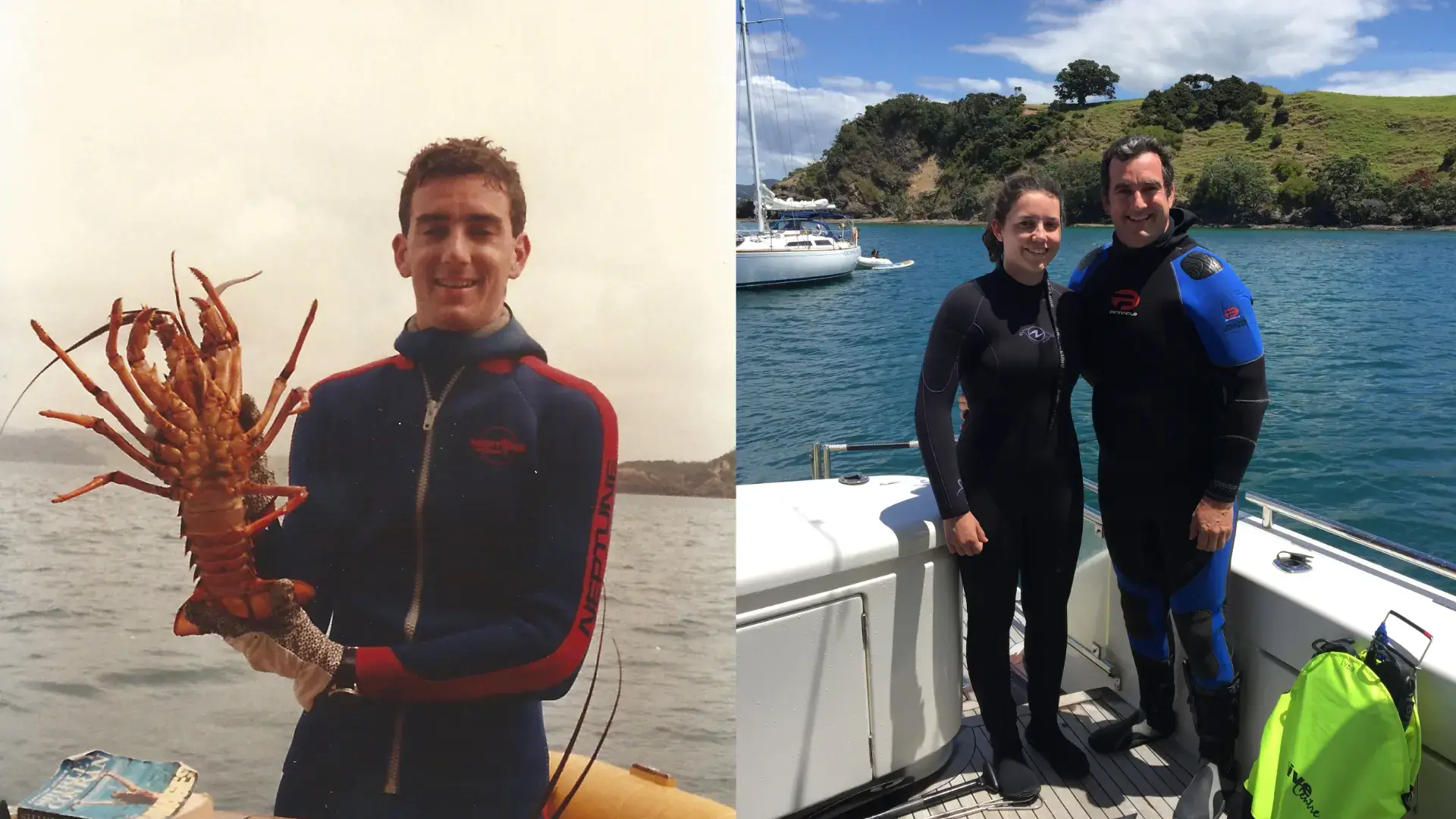Bruce, the founder of Sandfield, announced that he was doing a weekend meditation retreat. At the time this was a surprising choice for him. However, he returned to work the next week, full of enthusiasm for the techniques he learned that had enabled him to quieten the chatter in his head. As the founder of Sandfield, a large software development company with over 100 staff, and many other interests and causes, Bruce has a busy life and a very active headspace.
Seeing the benefits for himself, Bruce then offered the entire team the opportunity to take part in a weekend course on meditation, partners included. It was something that I had always been open to exploring, so I welcomed the opportunity. On Friday evening, we were introduced to some concepts and the basic practice, and the rest of the weekend was dedicated to teachings the benefits, practising the techniques and sharing our experiences. At the conclusion of the course, It was explained that for the first six weeks following the course, it was necessary to actively put some time aside each day to embed the practice in our lives and apply the learnings.
The beauty with the techniques in this form of meditation is that it is simple and you can apply the practice throughout the day, with eyes both closed and open eyes as well, so for busy people, it was easy to find moments to meditate.
I was intrigued, as I was going through the very recent passing of my partner of 26 years, and therefore the ability to develop a technique to help me move into a place of relative peace during a very disruptive part of my life was of interest. The hardest perceived difficulty for most people is making time in your daily life to put it into practice. For me it wasn’t difficult to meditate when I first woke in the morning for 15 to 40 minutes, it was also particularly helpful when I woke up early in the morning as I was struggling to sleep at that time with a busy mind. I used meditation at those times to assist in redirecting my thoughts and putting myself in a more peaceful state so that I could get back to sleep. The basic concept for me was that if I got enough sleep, I could deal with anything as sleep deprivation makes every problem worse. Meditation is also as powerful as sleep for resting the mind.
For many people, meditation conjures up thoughts of new-age hippies who may be out of touch with reality, but in touch with themselves, however, the current more mainstream acceptance is the concept of mindfulness. Meditation and mindfulness are often used to mean the same thing, and they mostly support each other, with the principal aim to develop a clear and focused mind, which leads to less stress, and more contentment. It is about clearing your mind and paying attention to and noticing your thoughts.
One of the most important learnings for me was to watch my thoughts and to limit the chatter in my head, mental chatter is the voice in your head that just keeps ongoing. We all have constant thoughts and some quite random, and for most of us we identify with the thoughts as part of us, but once you learn to quiet the mind, you can become the observer of your thoughts and emotions, and this allows you to be calmer and ultimately reduce stress. When we’re overwhelmed or stressed, it’s impossible to function at our ‘best’. When we’re rested and calm, we are the most creative, adaptable and open versions of ourselves. When under pressure approaching something rested and calm is always a good way to start.
Meditation is something everyone can do to improve their mental and emotional health. It uses simple techniques to quiet the mind, where you think about nothing in particular (or nothing other than the actions of the meditation) to allow that background noise to filter out and let you rest. That’s why for many, exercise can be meditative as at a certain point, you’re only able to think about the exercise. We all understand the importance of exercising the body, and that it is best to have a routine, essentially mindfulness and meditation is an exercise for the mind.
Of the 12 of us that did the weekend course, 5 of us that have continued applying it mostly on an ad-hoc basis. For me, it has been an essential tool that I have continued to use daily and have discovered that it has been a significant help to move through a very confronting time in my life.
For me professionally, part of my role here at Sandfield is oversight of the HR function at Sandfield, which includes supporting initiatives to enable all our staff’s wellbeing. But google ‘why corporate wellness initiatives fail’ to see that despite corporate companies’ “best intentions (EAP programmes, mental health awareness weeks, etc.) have not improved employees’ wellbeing.” One theory gaining traction is that corporate wellbeing initiatives fail because few wellbeing programmes help their staff learn to self-manage their own internal state and inner wellbeing.
What Bruce and I both learned first hand is that overall wellbeing is driven by how we feel on the inside. And as such, Sandfield is motivated to support our employees’ ability to self-regulate their inner state, and we will continue to trial more workplace initiatives such as additional mindfulness learnings.
These won’t suit everyone, however, it is a good option for those seeing some simple techniques to quieten the chatter in their head, reduce stress and discover a calmer approach to all facets of life.













